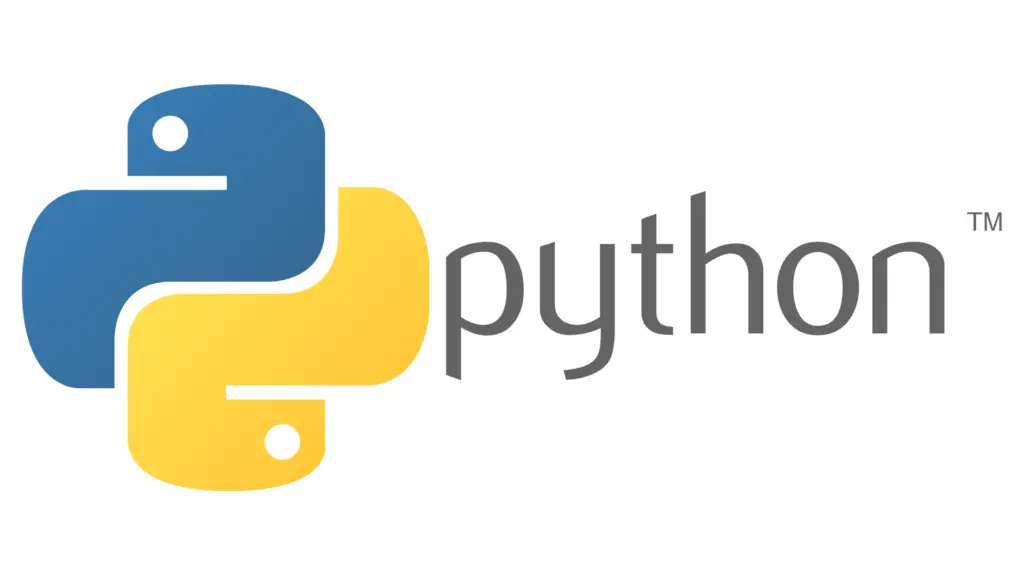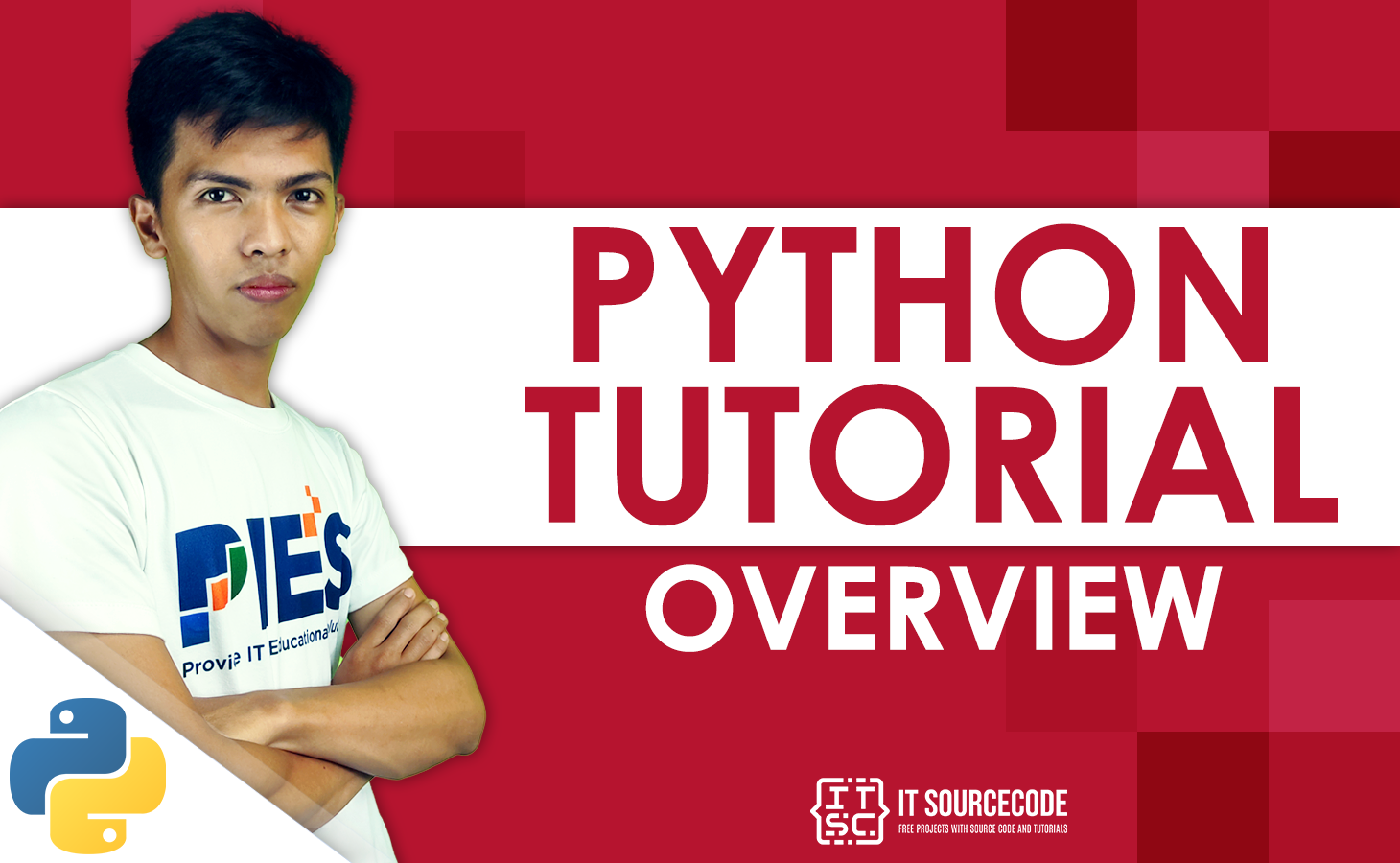You will gain an overview of the Python programming language after reading this article.
There are two versions of Python: Python 2 and Python 3. While Python 2 is still used for configuration management in DevOps, Python 3 is increasingly in demand due to its type system.

What is Python Programming?
Python is a high-level scripting language that is interpreted, interactive, and object-oriented.
It uses English keywords and has fewer syntactical constructions than other languages.
- Python is Interpreted – This is because the interpreter processes Python code at runtime. There is no mandatory compilation step before running your code. The similarities between PERL and PHP are clear.
- Python is Interactive – You can write programs in Python by entering commands at a prompt and interacting directly with the interpreter.
- Python is Object-Oriented – Python is compatible with the Object-Oriented programming paradigm, which is a way of writing programs in which functions are hidden away in objects.
- Python is a Beginner’s Language – Python is an excellent programming language for novices because it allows for the creation of a wide variety of programs, from text processors to web browsers to games.
What is the main use of Python Programming?
The main use of Python Programming is a support language for building control and administration, testing, and many other purposes by software engineers.
History of Python Programming
- The History of Python Programming started in the late nineteen-eighties (1980s) and was created by Guido van Rossum, and the development of the language began on December nineteen eighty-nine (1989) at CWI in the Netherlands.
- It was meant to be a more capable replacement for ABC that could work with the Amoeba OS.
- The Python programming language is protected by copyright. Python, like Perl, has had its source code released under the GNU General Public License (GPL).
- Despite the fact that Guido van Rossum is still instrumental in guiding Python’s development, the language is now maintained by a core development team at the institute.
- In 1991, developers made the language available to the public. At the time of its release, fewer lines of code were needed to express the same ideas as in Java, C++, or C.
Python Programming Features
Python Programming features include the following:
1. Easy-to-Learn
Python is one of the easiest programming languages to learn.
You can master the basics in just a few days, but it may take longer to master the language. Python is simpler than languages like C, C++, and Java.
2. Easy to Read
Python’s syntax is very simple and easy to read, consisting mostly of English words.
Creating code in Python is generally similar to teaching a child, and unlike other programming languages, no opening or closing brackets are required to specify the scope.
Indentation (spaces or tabs) is used in Python to make the code more clean and organized.
3. Interpreted Language
Python is an interpreted language, which means that its code is executed line by line. This line-by-line execution also improves code debugging.
4. Free and Open-Source
Python is a free and open-source programming language that can be used on any operating system without any copyright concerns.
You can download it from its official website, or create and publish your modules or libraries.
5. Object-Oriented Language
Object-oriented programming is a programming paradigm that uses classes and objects.
Classes are blueprints for objects, which contain data and methods for manipulating that data.
Python supports object-oriented programming constructs such as classes, data encapsulation, inheritance, and polymorphism.
This makes Python an efficient and robust programming language.
6. Cross-Platform Language
Python is a language that can be used on multiple platforms. This means that once you write code in Python, you can run it on any other machine or operating system.
7. Extensive Features
Python is a versatile language that can be used for a variety of software development applications due to its adaptability to different features.
8. High-Level Language
Python is a high-level programming language that makes it easy to write, understand, and interpret code.
High-level programming languages allow programmers to develop code that is specific to a particular type of machine.
9. Databases Support
The Python Support Database API (DB-API) provides an interface to a wide range of commercial databases.
This makes it a useful tool for designing applications that need to work with databases.
10. GUI Programming Support
Python supports graphical user interfaces, which are a fundamental component of the language.
This is what we see on our computers and mobile devices when we open applications.
11. Large Standard Library
Python is full of libraries that work on many different operating systems, including UNIX, Mac, and Windows.
These large standard libraries make it easy to write code that works on many different systems.
12. Dynamic Typed Language
Python is a dynamically typed language, which means that the data type of a variable is determined at runtime, rather than being specified directly.
This can save a lot of effort and help avoid potential problems that could occur if the data type were specified directly.
Other Features of Python Programming
Python has many other features besides those already mentioned; some examples are provided below.
- It is compatible with both Functional and Structured Programming techniques, as well as Object-Oriented Programming.
- To create larger applications, it can be compiled to byte code or used directly as a scripting language.
- High-level dynamic data types and dynamic type checking are both supported.
- It has built-in garbage collection functionality.
- All of the major programming languages, including C and C++, as well as ActiveX, CORBA, and Java, can be seamlessly integrated with it.
Summary
I am certain that you have a strong understanding of the differences between Python 2 and Python 3.
In this Python overview, the following topics were covered: What is the main use of Python programming, its history, and its features are discussed.
In the next post, Python Environment Setup, you will learn how to configure PATH and install Python.
I sincerely hope that this Python overview will be of great assistance to you in your future Python programming studies
Python Introduction
Python Environment Setup

